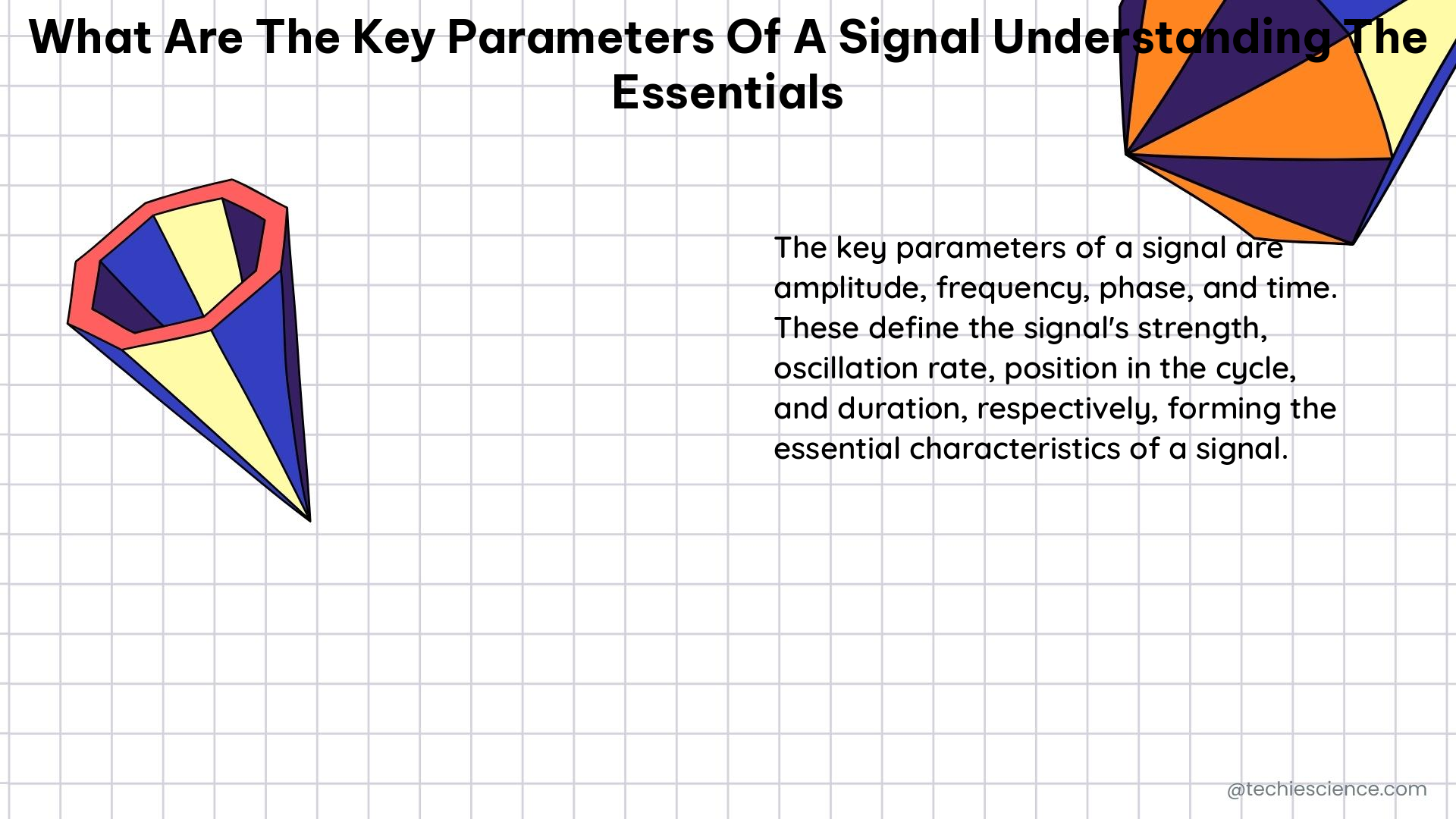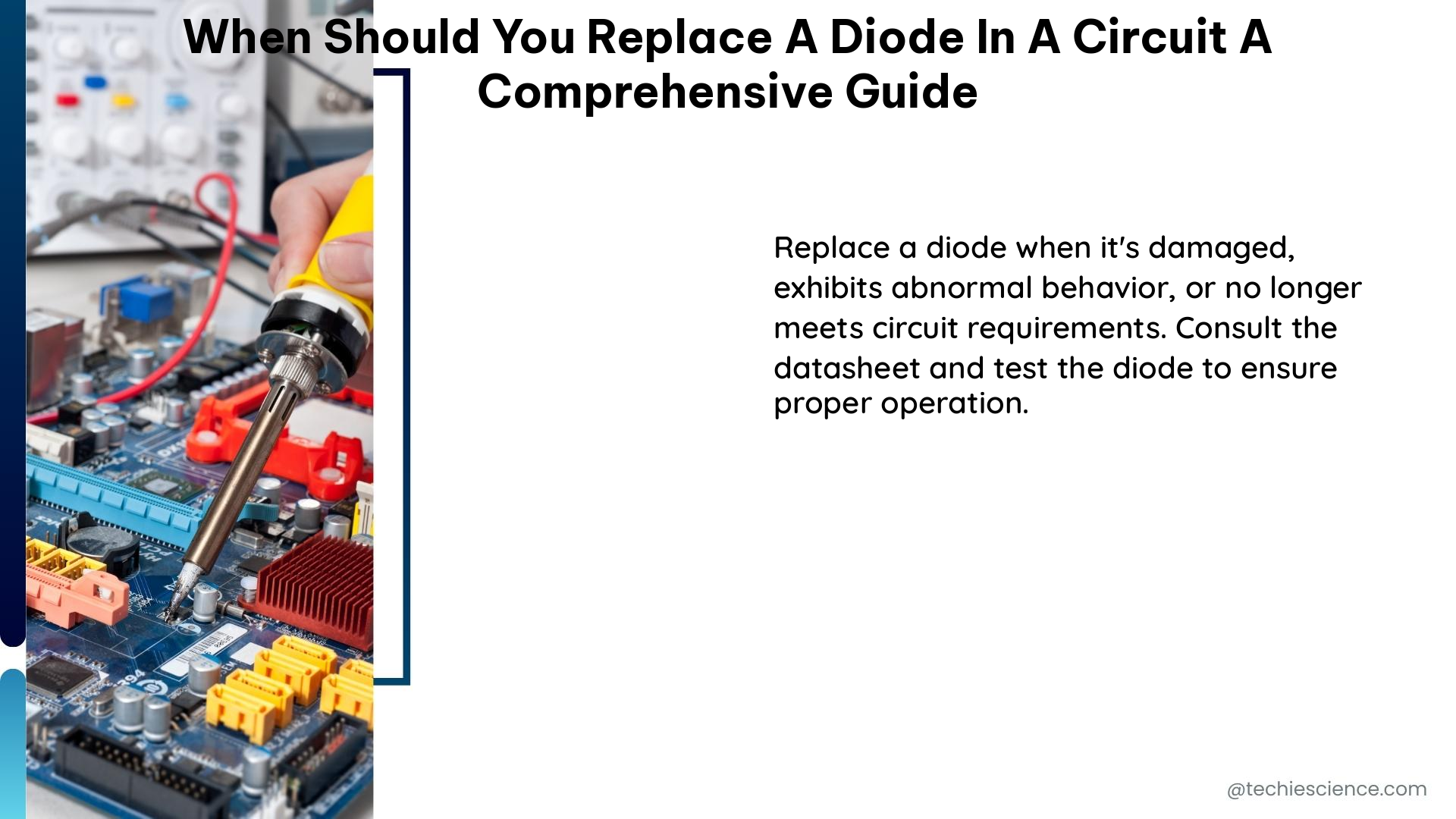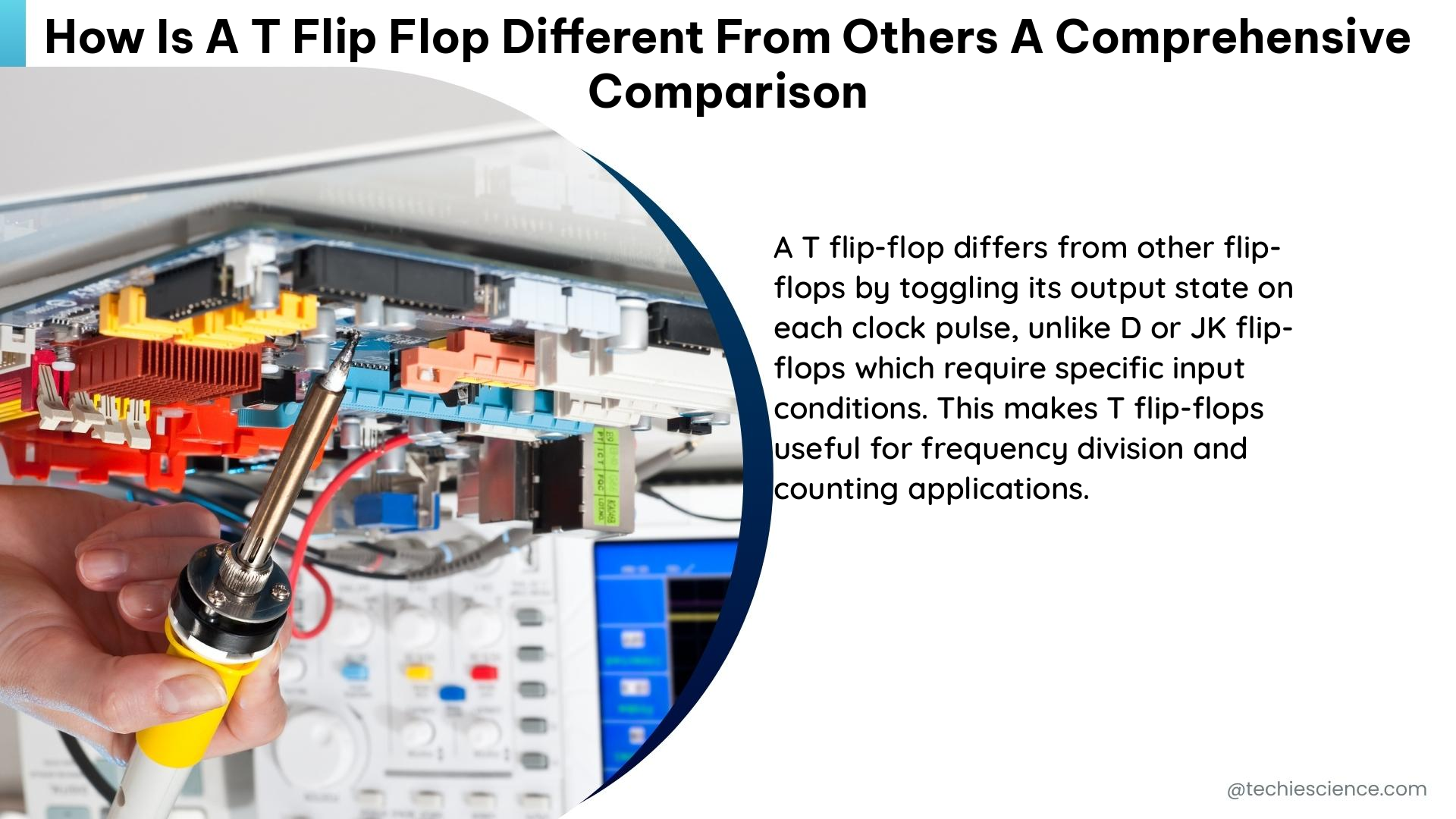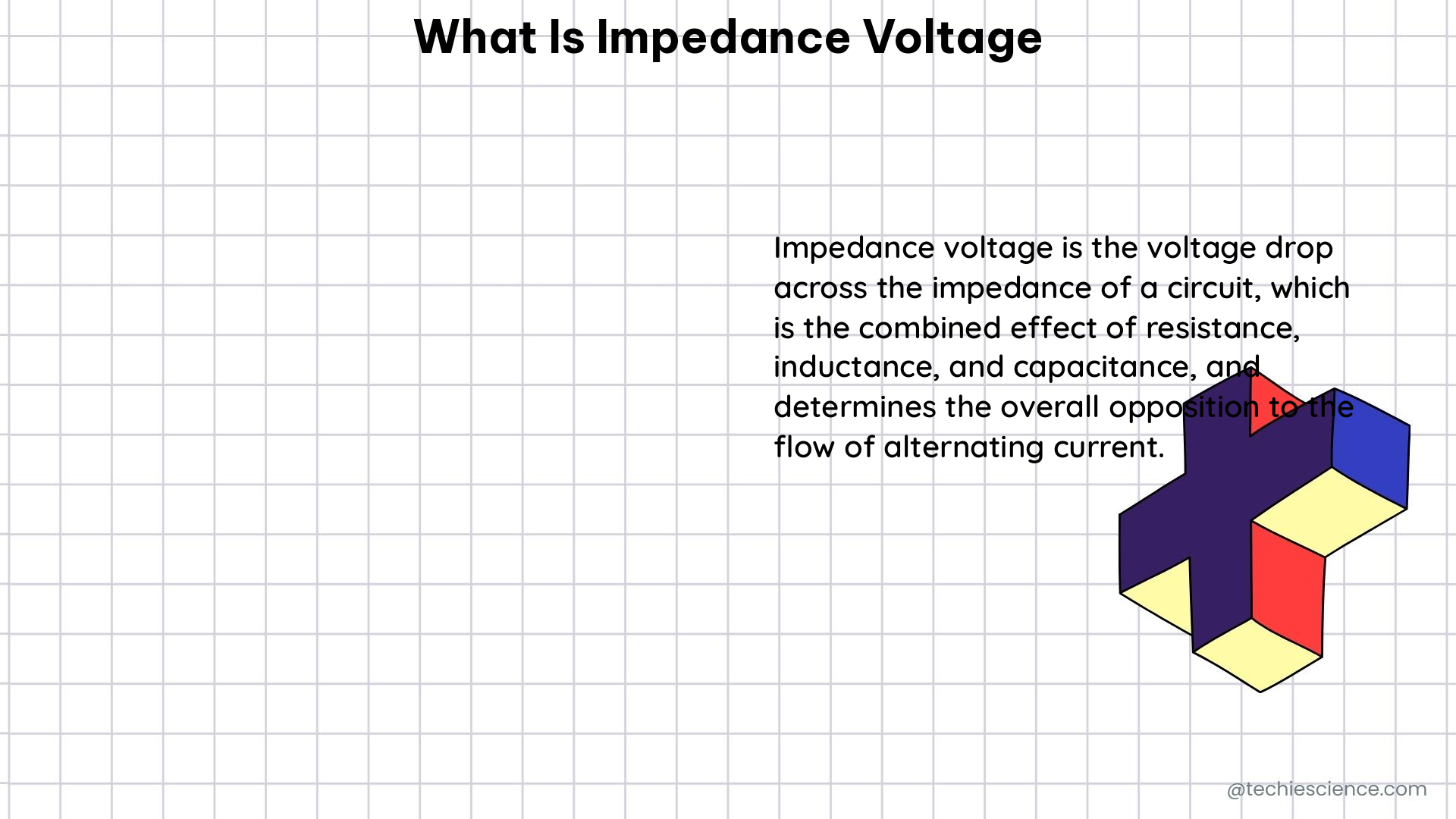Power transformers and voltage transformers are both essential components in electrical power systems, but they serve distinct purposes and have unique characteristics. This comprehensive guide will delve into the intricate details of these two transformer types, providing a thorough understanding of their construction, operation, and applications.
Understanding Power Transformers
Power transformers are designed to handle high power levels and are primarily used in the transmission and distribution of electrical energy. They consist of a primary winding and a secondary winding, both wrapped around a common magnetic core. The transformation ratio, which is the ratio of the output voltage to the input voltage, is determined by the number of turns in the primary and secondary windings.
Key Characteristics of Power Transformers
- Transformation Ratio: Power transformers can have a wide range of transformation ratios, typically ranging from 1:1 to 1:100 or even higher, depending on the application.
- Power Rating: Power transformers are rated based on their maximum power handling capacity, which can range from a few kilovolt-amperes (kVA) to several hundred megavolt-amperes (MVA) for large-scale power transmission systems.
- Efficiency: Power transformers are designed to operate with a high degree of efficiency, typically ranging from 95% to 99%, with minimal power losses during the transformation process.
- Insertion Loss: Power transformers have a very low insertion loss, meaning they do not significantly reduce the power of the electrical signal as it passes through the transformer.
- Cooling System: Large power transformers often require advanced cooling systems, such as oil-immersed or air-cooled designs, to dissipate the heat generated during operation.
- Insulation: The primary and secondary windings of power transformers are carefully insulated to withstand the high voltages and prevent electrical breakdown.
Understanding Voltage Transformers
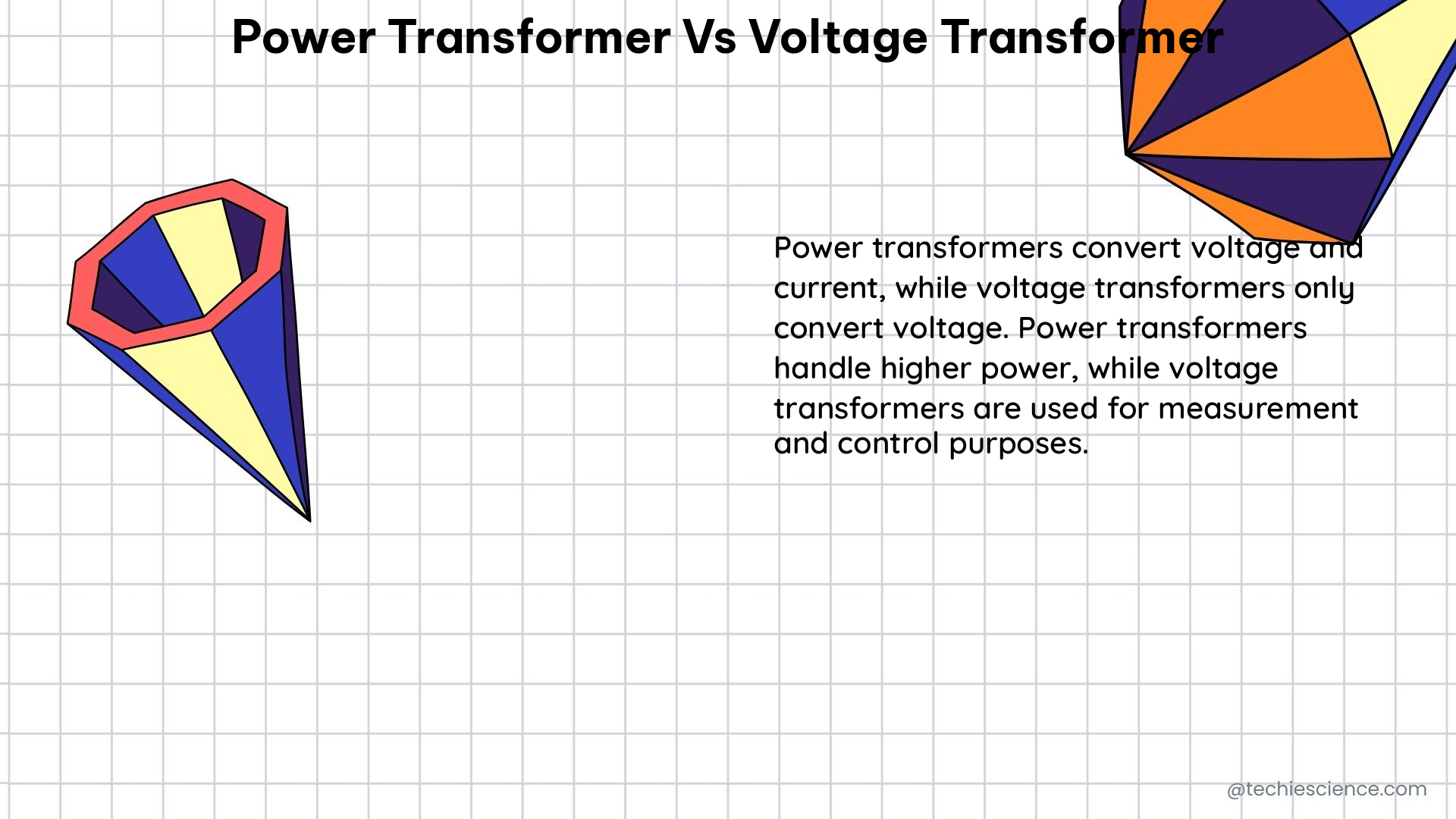
Voltage transformers, also known as potential transformers, are designed to reduce the voltage of an AC electrical system to a level that is safe for measurement and monitoring. They are typically used in electrical metering and protection systems, as well as in high-voltage testing and diagnostic applications.
Key Characteristics of Voltage Transformers
- Transformation Ratio: Voltage transformers have a lower transformation ratio compared to power transformers, typically ranging from 1:100 to 1:1000 or even higher, depending on the application.
- Power Rating: Voltage transformers are designed to handle lower power levels than power transformers, typically ranging from a few volt-amperes (VA) to a few kilovolt-amperes (kVA).
- Burden Resistor: Voltage transformers use a burden resistor to limit the current that flows through the secondary winding, ensuring accurate voltage measurements.
- Accuracy: Voltage transformers are designed to provide highly accurate voltage measurements, with typical accuracy classes ranging from 0.1% to 3%, depending on the application.
- Insulation: The insulation in voltage transformers is designed to withstand the high voltages on the primary side while providing a safe voltage level on the secondary side.
- Connection: Voltage transformers are connected in parallel with the electrical system, meaning they only see a small fraction of the current flowing through the system.
Comparison of Power Transformers and Voltage Transformers
| Parameter | Power Transformer | Voltage Transformer |
|---|---|---|
| Transformation Ratio | 1:1 to 1:100 or higher | 1:100 to 1:1000 or higher |
| Power Rating | Few kVA to several hundred MVA | Few VA to a few kVA |
| Efficiency | 95% to 99% | Typically lower than power transformers |
| Insertion Loss | Very low | Not applicable |
| Cooling System | Oil-immersed or air-cooled | Typically smaller and simpler |
| Connection | Connected in series with the electrical system | Connected in parallel with the electrical system |
| Burden Resistor | Not required | Required to limit secondary current |
| Applications | Transmission and distribution of electrical energy | Electrical metering, protection, and high-voltage testing |
Factors to Consider when Selecting Transformers
When choosing between power transformers and voltage transformers, there are several key factors to consider:
- Voltage and Power Requirements: Determine the input and output voltage levels, as well as the power requirements of the electrical system, to select the appropriate transformer type and size.
- Accuracy and Precision: If accurate voltage measurements are critical, such as in metering or protection applications, a voltage transformer may be the better choice.
- Electrical System Configuration: Consider how the transformer will be connected to the electrical system, as power transformers are connected in series while voltage transformers are connected in parallel.
- Environmental Conditions: Factors like ambient temperature, humidity, and the presence of corrosive or hazardous materials may influence the selection of the transformer type and its cooling system.
- Cost and Efficiency: Power transformers generally have higher efficiency and lower operating costs, but may have a higher initial investment compared to voltage transformers.
By understanding the unique characteristics and applications of power transformers and voltage transformers, engineers and technicians can make informed decisions to ensure the safe, reliable, and efficient operation of their electrical systems.
Reference:
- Back to basics: Switchgear, transformers and UPSs | Consulting
- Understanding Current Transformers Vs Voltage Transformers
- Help understanding difference between current and voltage transformers
- Current Transformer vs Potential Transformer – Jet Hotel Solutions
- What Is the Difference Between Current Transformer and Potential Transformer
